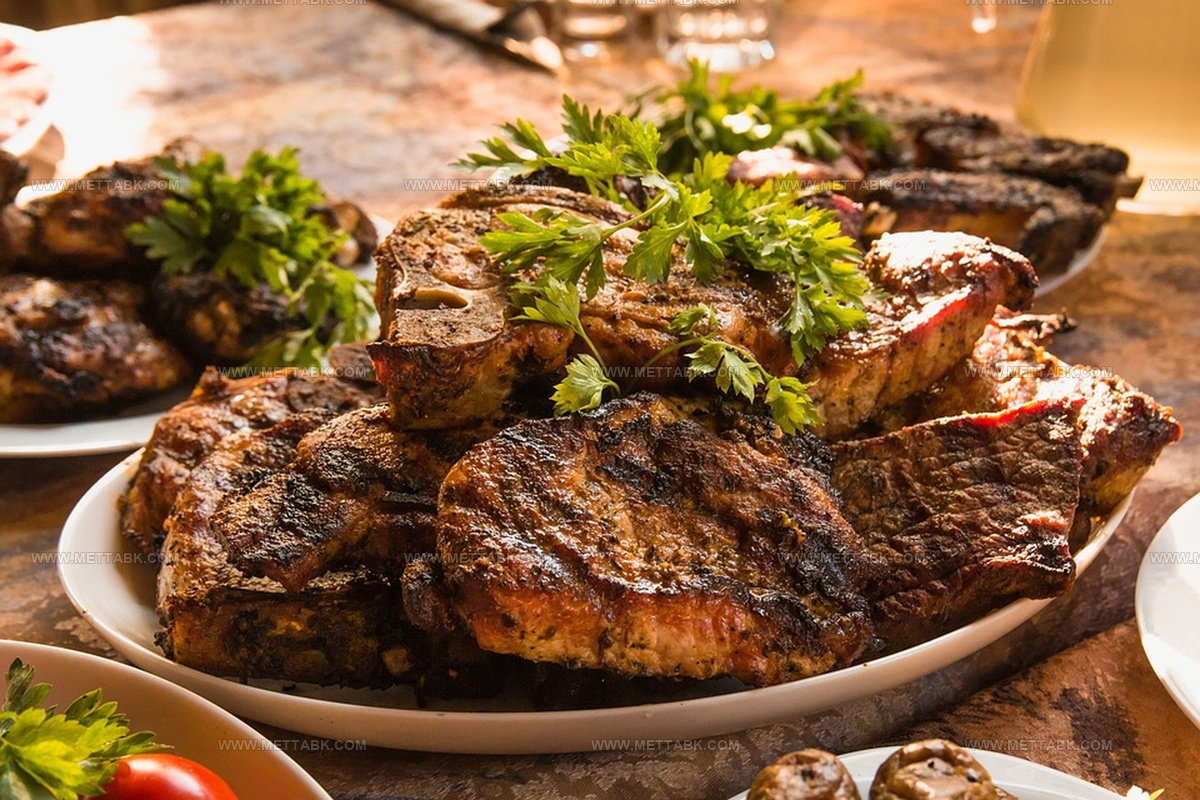What Does Penguin Meat Taste Like? A Surprising Answer
Penguin meat remains a rare culinary curiosity that sparks intense debate among food enthusiasts and adventurers.
Antarctic expeditions and indigenous cultures have encountered these unique birds in ways most people never will.
Researchers and wildlife experts have documented occasional encounters with penguin consumption throughout history.
Survival scenarios and cultural practices have occasionally intersected with these remarkable marine birds as potential sustenance.
Scientists and travelers have different perspectives on the ethical and practical considerations surrounding penguin meat consumption.
The dietary implications and taste profile of penguin meat involve complex environmental and cultural factors that extend beyond simple gustatory curiosity.
Understanding the nuanced relationship between humans and these extraordinary creatures requires careful examination of historical, ecological, and nutritional contexts.
Your journey into this fascinating topic promises surprising insights about penguin meat and its role in human experience.
Penguin Meat: Flavor Guide
Penguin meat offers a unique flavor profile that surprises many who try it.
Reports suggest the meat carries a gentle sweetness with a mild overall taste.
Meat experts compare its texture to veal or chicken, while noting an underlying fish-like flavor that sets it apart from other meats.
What Color Is Penguin Meat?
Penguin meat shows up in a soft grayish-pink tone.
Color shifts based on specific penguin types and cooking methods.
Fat levels inside meat make subtle changes to its overall shade, where more fatty tissue creates lighter pink colors.
What Does Penguin Fat Taste Like?
Penguin fat is described as very oily and extremely fishy, with a strong, briny taste that’s hard to miss.
The texture is greasy and coats the mouth, while the smell is pungent and like rancid fish oil.
Most people find it overwhelmingly strong and gamey, making it more of a survival food than a delicacy.
Can You Safely Eat Penguin Meat?
Penguin meat can technically be consumed safely, but several important factors exist.
Challenges extend past legal issues surrounding protected species.
Careful preparation becomes crucial for anyone considering this unusual protein source.
Cold Antarctic environments where penguins live create risks of potential parasites and health complications.
Specific penguin species carry dangerous mercury levels that make their meat unsafe for humans.
Safety requires complete and thorough cooking.
Heating the meat until it reaches maximum internal temperature helps eliminate dangerous microorganisms.
Hunters or individuals seeking penguin meat must understand these significant health risks before attempting consumption.
Is Penguin Meat Nutritious?
Penguin meat might seem special, but it lacks strong nutritional benefits.
Studies show this meat contains minimal fat and protein.
Still, it does pack a surprising punch with significant amounts of iron and vitamin B-12 within its composition.
Can You Eat Penguin Eggs?
Penguin eggs remain safeguarded by conservation laws, making it crucial to respect their natural habitat.
Some traditional communities in Antarctica have historically included these eggs in their diet, preparing them through boiling or frying methods.
Wildlife protection guidelines strongly discourage removing eggs from their original environment.
Consuming penguin eggs creates significant risks for species survival.
Each egg plays a critical role in penguin reproduction cycles.
Chicks depend completely on these eggs for initial nutrition and development.
Conservation experts emphasize protecting these delicate reproductive resources to maintain healthy penguin populations.
Basically, respecting penguin egg sanctity helps protect these unique bird species from potential extinction.
Is Penguin Meat Available For Sale?
No way can you purchase penguin meat.
Wildlife protection laws ban hunting and eating penguins across multiple nations.
Penguin populations remain vulnerable because of human actions like damaging ocean ecosystems and destroying natural environments.
Legal restrictions make it impossible to find someone selling penguin meat for eating.
How To Prepare And Serve Penguin Meat
Penguin meat often gets prepared similar to poultry through boiling, roasting, or barbecuing.
Salt-drying works well for preservation.
Some cooks enjoy making stews or casseroles with added vegetables.
Handling penguin meat requires careful preparation.
Hunters start by cleaning meat and removing extra fat and bones.
Slow cooking methods work best, whether using a frying pan, oven, or outdoor grill.
Careful attention prevents meat from becoming too dry during cooking.
Chefs can serve the meat hot or cold based on local preferences.
Meat pairs nicely with side dishes like potatoes or mixed vegetables.
Stews and soups welcome penguin meat as a hearty protein option.
Slicing meat thinly helps ensure equal portions for everyone at the meal.
What Do Penguins Eat?
Penguins stand out as remarkable creatures with their striking black and white colors and awkward walking style.
These birds mainly consume fish, squid, and other ocean-based meals they hunt in marine environments.
Some penguin groups also munch on krill, tiny sea creatures, or occasionally smaller seabirds depending on their specific habitat.
Penguins behave like flexible hunters who seize whatever food chances come their way.
Their wings work like powerful swimming tools that help them chase fish underwater.
Hunters can plunge deep into ocean waters searching for their next meal.
Scientists have tracked penguins eating multiple times each day during warm seasons when marine food supplies run high.



Nate Harper
Founder & Recipe Curator
Expertise
Single-Recipe Development, Farm-to-Table Cooking, Seasonal Menu Planning, Culinary Storytelling, Home Kitchen Innovation
Education
Cascade Culinary Institute – Central Oregon Community College
Certificate in Culinary Arts
Focus: Farm-to-table cuisine, sustainable cooking practices, and seasonal recipe creation.
Nate studied under experienced chefs who emphasized local sourcing, minimal waste, and building recipes from fresh, simple ingredients.
Nate Harper is the founder and creative force behind Make, Take, Bake. Raised in the wild beauty of Oregon’s high desert, Nate grew up surrounded by family gardens, farmers’ markets, and home kitchens that celebrated the seasons.
His early love for simple, honest food evolved into a professional passion when he attended Cascade Culinary Institute, where he sharpened his skills in creating recipes that are sustainable, satisfying, and made for everyday life.
Nate’s goal is to make cooking feel accessible, free of fuss, and full of flavor. He believes a single, thoughtfully built dish can stand alone, and sometimes even steal the show.